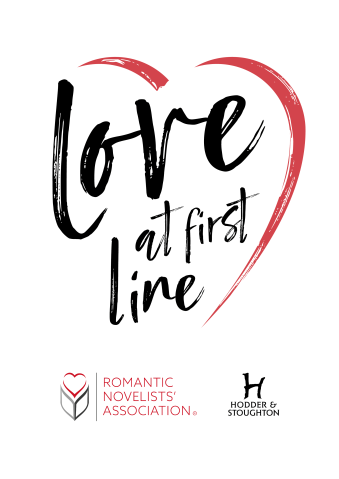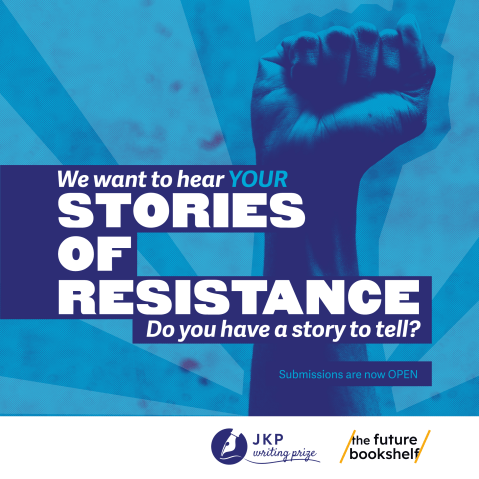‘If you want to shake up your writing, why not consider using a neglected perspective – second person’
Consider using a neglected perspective – second person
from Write Short Stories by Zoe Fairbairns
As you inserted the key into the lock, you were hoping it would stick. That would have allowed you to believe that it was the wrong key, the wrong lock, that you had come to the wrong house. But the little Yale, with the estate agent’s fob dangling from it, slid in smoothly and turned with ease. The door swung open. It was true, then. Of all the houses in all the world, you had bought this one. You stepped inside. At the other end of the path, two teenage boys passed. One of them made a remark that you did not catch. You guessed it was something obscene. You closed the door and locked it.
It’s unusual. See the work of Helen Dunmore for examples of how it can be done, in short stories and other forms. (‘The Fag’ and ‘Be Vigilant, Rejoice, Eat Plenty’ are in her short-story collection Ice Cream (Viking). Her second-person poem ‘The Malarkey’ is available online.)
It can be spooky and unsettling. Even though the story is addressed to ‘you’, there is usually an ‘I’ present or implied. Is the ‘you’ character being stalked by someone who is not only watching them but reading their mind and silently talking to them? Is the reader conspiring with the stalker? Or is the ‘you’ character too deeply in trouble and denial that he cannot speak for himself but needs someone else (perhaps another version of himself) to speak for him, like the drowning man in Jon McGregor’s ‘We Wave and Call’, from his collection This isn’t the Sort of Thing That Happens to People Like You (Bloomsbury)?
Second person is flexible. The ‘you’ can be a specific person, or people in general. The ‘you’ might be the narrator, talking to herself or with multiple personalities. The narrator might be talking to someone who cannot reply, because they are dead or asleep or comatose, imaginary or gagged. They may be a newborn baby; or someone whose professional role is not to reply but to listen – a therapist, a confessor, an interrogator. The narrator may be confiding in ‘you’ the reader, or giving instructions. (In ‘How to Tell a True War Story’ by Tim O’Brien (in his collection The Things They Carried (Flamingo)) the narrator tells several war stories, interspersed with tips on how to tell them. The tips are addressed to ‘you’.)
Or the use of ‘you’ might be a distancing device, a way for the narrator to avoid intense emotion by pretending that what happened didn’t happen to them. You may have heard people speaking this way when being interviewed by TV journalists following a tragedy: ‘You don’t expect to have to bury your own child. They’re supposed to bury you. That’s the natural order. But sometimes the natural order gets it wrong and then it’s you that has to make the arrangements, you who has to choose the coffin…’
However, although second person is unusual and often complelling, it is quite difficult to maintain, and is not always convincing. Sometimes it can be irritating having a narrator telling another character things that they already know. But if you’re looking for ways to shake up your writing, why not give it a go?





